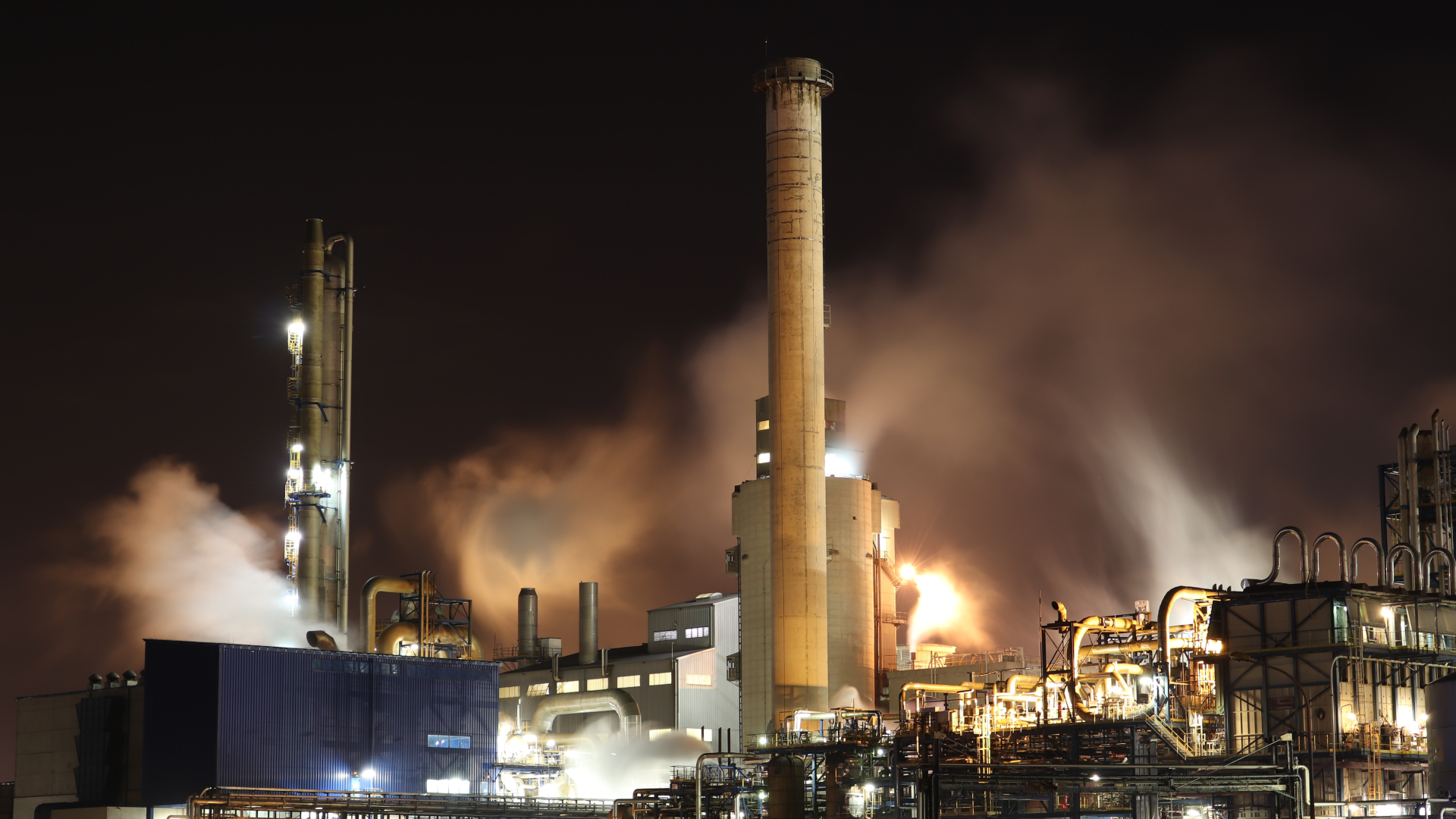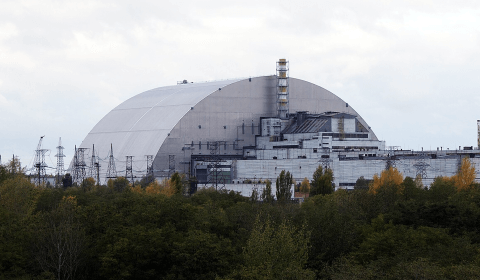President Xi Jinping is attempting to wean the world’s biggest polluter off coal, with a target of peaking China’s carbon emissions in 2030 and achieving carbon neutrality by 2060. Is this bold enough?
In the run up to COP26, pressure is mounting against China to make some drastic commitments.
If reports are to be believed, the world’s largest polluter has yet to officially select a delegate for the summit and president Xi Jinping isn’t planning to attend in person.
COP26 chief Alok Sharma has hinted a backup deal devised by the G20 could be significant enough to achieve below 1.7 degrees without China. However, all parties would prefer China to join the crunch talks – given its potential to transform global reduction plans.
Rather quietly (and conspicuously) on Sunday, China opted to announce its stance regarding climate reform via state news agency Xinhua.
China’s new guidelines
In a week’s time, national leaders will begin hashing out strategies for accelerating emission cuts, but Xi Jinping is focused on outlining the specifics of China’s previous targets.
The new document follows a pledge made in September last year to make China carbon neutral before 2060, and sheds some light on how it hopes to achieve this goal.
A crucial objective is to ensure that fossil fuels make up 20% of China’s energy mix – currently residing at around 60% – by 2060, whilst galvanising renewable energy to make up 25% of the economy’s power by 2030.
Underlining 2030 as the year China’s emissions will peak, wind and solar power is targeted to reach more than 1,200 gigawatts and the emissions per unit of GDP are expected to fall by 18% in 2025. All sounds fairly promising, right?
The reality of where we’re at, however, is starkly different.
Faced with power shortages and blackouts over the last few years, China (Beijing in particular) added more than three times as much coal power in 2020 as the rest of the world combined.
As coal prices continue to soar, the report highlights the importance of managing the ‘relationship between pollution reduction, energy security, industrial supply chain, food security, and normal life of the people.’
It doesn’t exactly demonstrate stout resolve amid a climate crisis, does it?




















